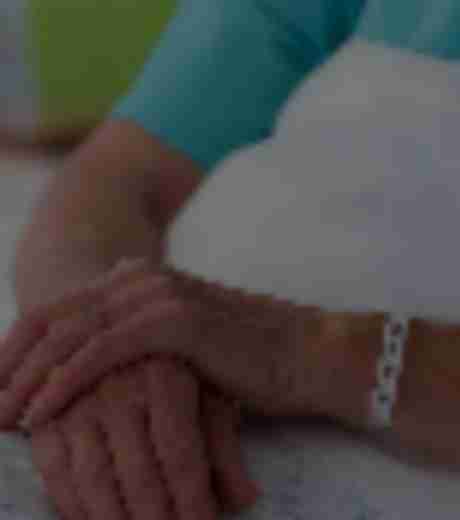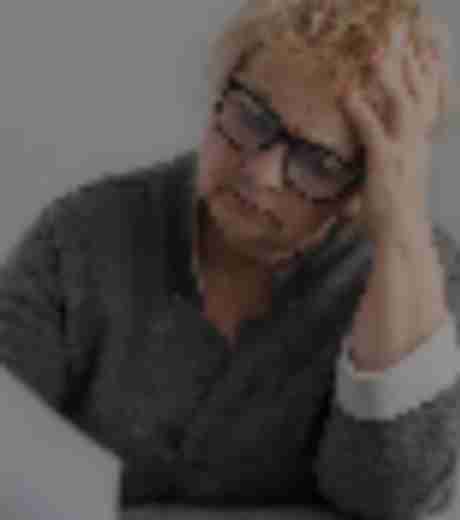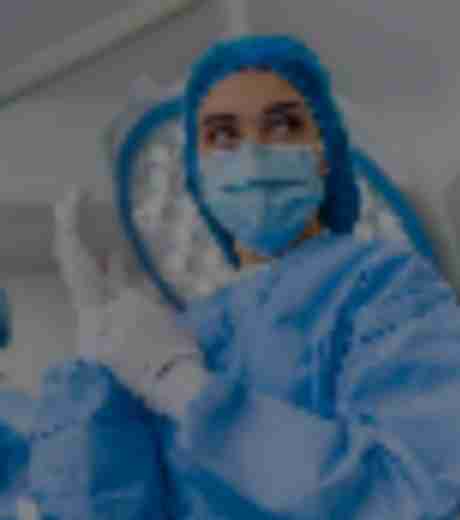ACOG and AAP guidelines to prevent neonatal encephalopathy
Connecticut residents understand that an injury at the time of birth can have serious consequences for the rest of the child and parents’ life. A number of measures are in place to prevent such injuries but in spite of that, birth injuries continue to occur and can harm the brain of a child even before birth. In order to address this concern, the American College of Obstetricians and Gynecologists and the American Academy of Pediatrics issued a set of guidelines in 2014 that urge doctors to investigate every possible factor that may contribute to an infant’s brain injury at the time of birth.
Earlier guidelines, which were released in 2003, focused on understanding the effects of the lack of oxygen during birth and whether it was the cause for neonatal encephalopathy. In the new guidelines, the ACOG and AAP recommend that a doctor conduct a detailed study of a mother’s medical history, obstetric factors and identify problems in the placenta. The ACOG and AAP also suggest neonatal hypothermia treatments to minimize long-term brain damage among infants.
The report was well-received by experts across the country. Doctors appreciated the efforts of ACOG and AAP in identifying new treatment options by making doctors and hospitals aware of the latest developments in the field of neonatal encephalopathy. This is a welcome move because many doctors are aware that the causes for neonatal encephalopathy are metabolic disarrays, swellings and infections, genetic disorders and a lack of oxygen, but not many are aware of how many those birth injuries could have been prevented.
According to the report, United States has about 3,000 medical facilities which have birthing facilities. Interestingly, only about a 1,000 of them have intensive care units dedicated to infants that can administer neonatal hypothermia treatment. Therefore, it is the responsibility of the other 2,000 centers to either develop their own neonatal ICU or refer patients to other hospitals that have facilities for providing therapeutic hypothermia. In the event of a medical facility failing to fulfill these basic responsibilities, parents of an unborn or recently born child may seek legal recourse.
Source: HealthFinder.gov, “Some cases of neonatal encephalopathy may be preventable,” April 3, 2014
Get in Touch
Schedule a Free Initial Consultation
At Kennedy, Johnson, Schwab & Roberge, P.C., we handle all cases on a contingency fee basis. This means that we do not get paid unless and until you receive a settlement or a jury award.
Schedule a free, confidential consultation with a skilled Connecticut personal injury lawyer today.








